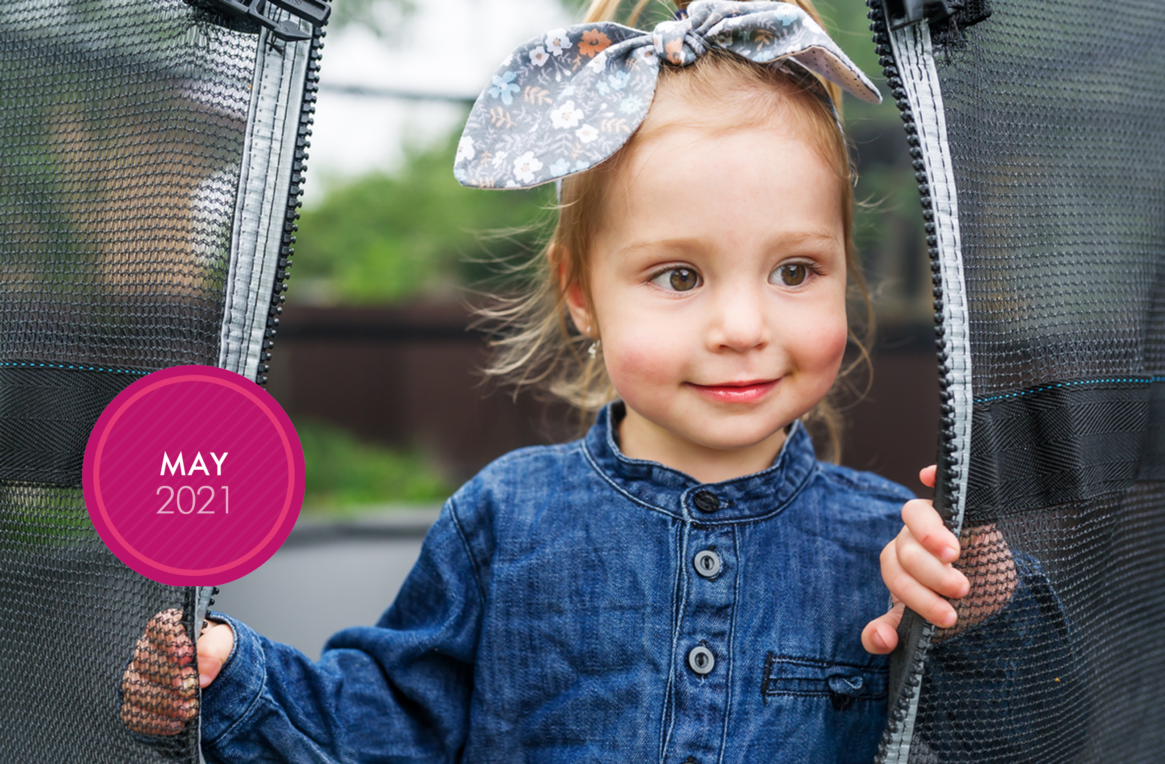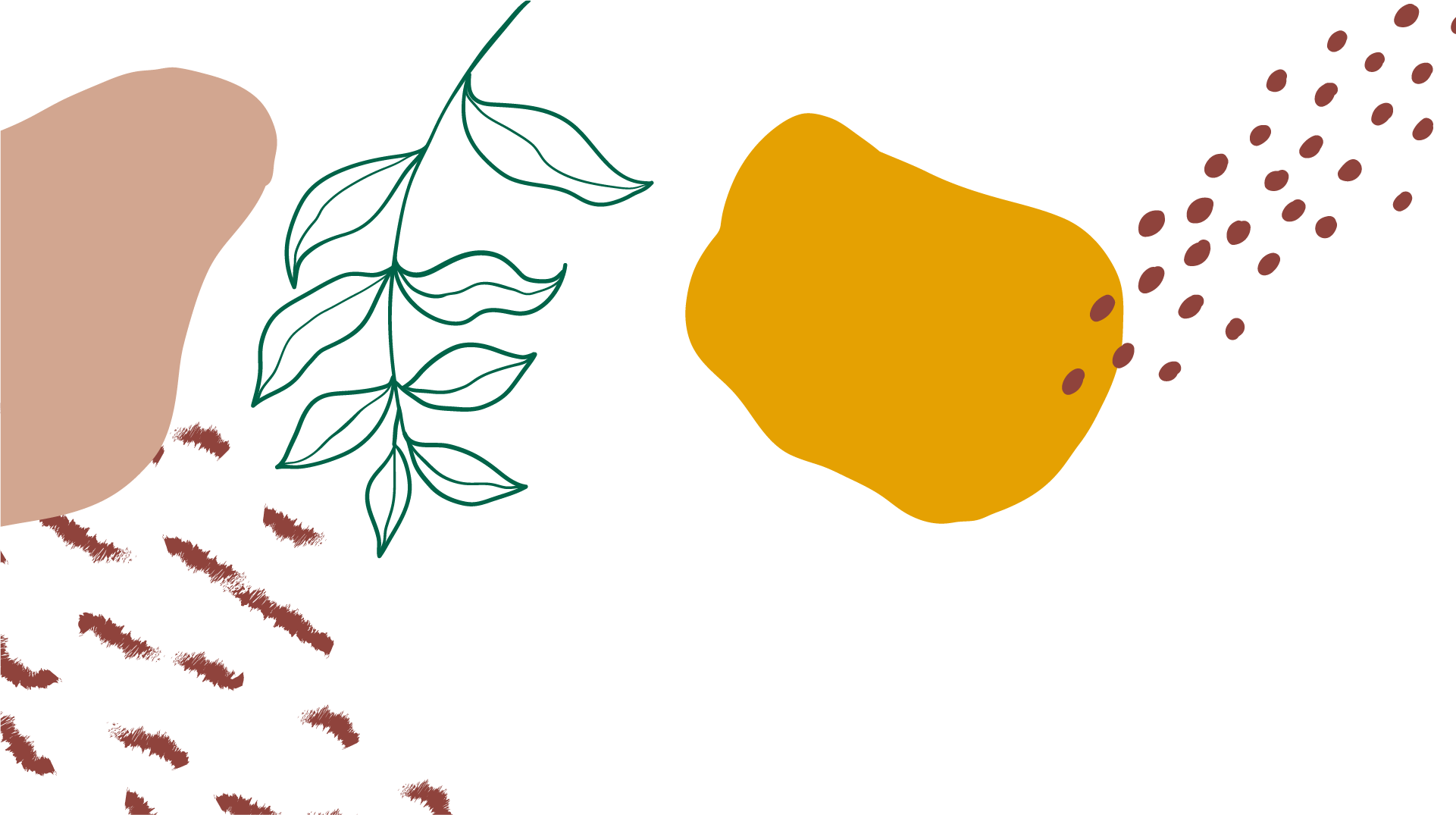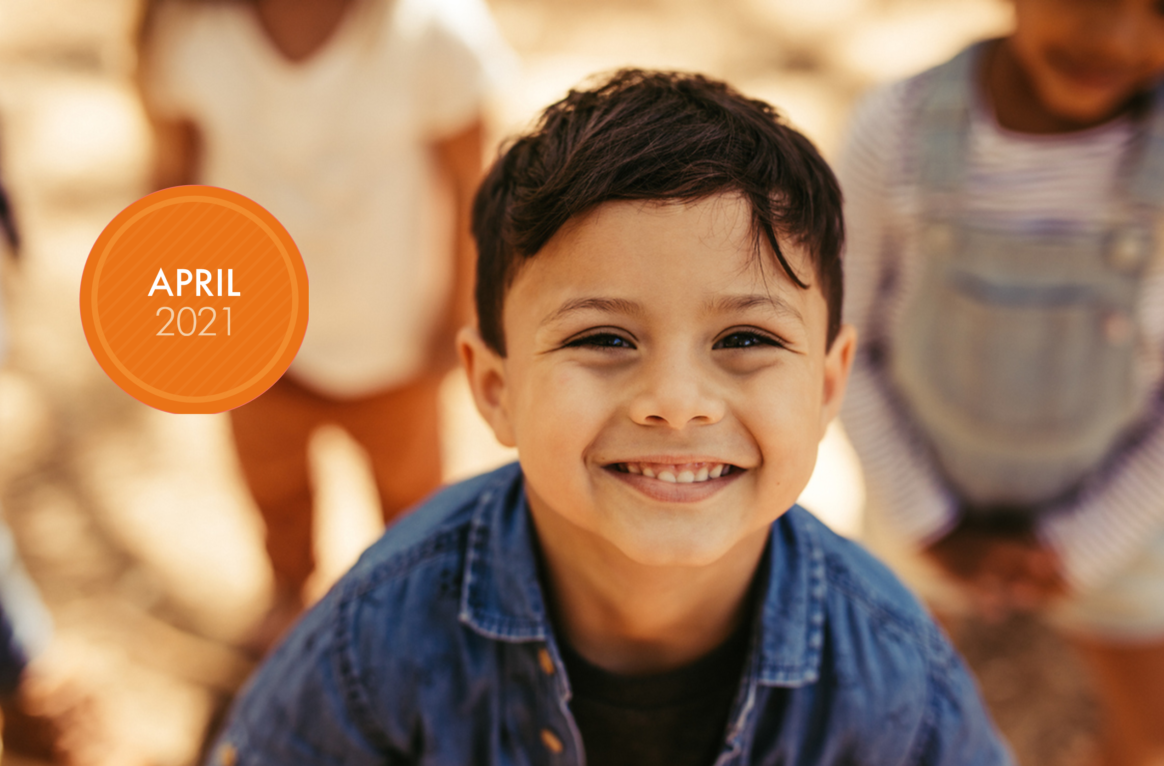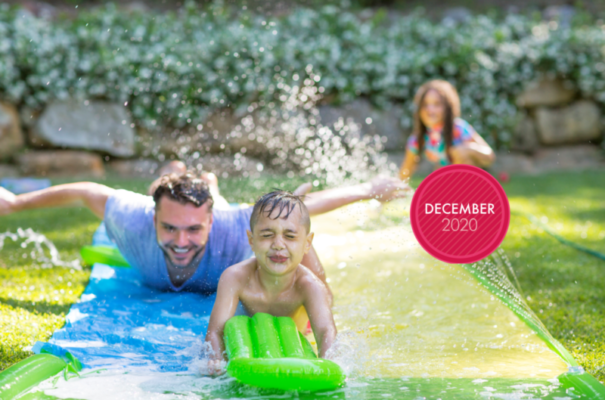
May 2021 Newsletter

Photo Day
We will be having our Kindy photos on Friday 14th May, 2021. Order envelopes have been given to your educators, there is one per family. If you are wanting to place an order can you fill out your envelope prior to photo day. If you are paying by cash please put in the correct amount as we will not be changing money for orders. It would be appreciated if all order forms can be returned prior to photo day. If your child does not attend that day, you may bring them in to get photos. Any questions please come and ask Admin.
On this month
AT BILLY LIDS KINDY
Children’s Photo Day ———————————– 14
AROUND THE COUNTRY
Ramadan —————————————April 12-May 12
Play Outside Day ———————————————— 1
Composting Awareness Week—————————–2-8
International Star Wars Day ———————————-4
Migratory Bird Day ——————————————— 8
Mothers Day —————————————————– 9
Eid al-Fitr —————————————————-12-13
National Families Week ———————————-15-21
National Sorry Day———————————————26

Community Events
PLAY OUTSIDE DAY – May 1
What is National Play Outside Day? On the first Saturday of the month, everybody in the nation plays outside. There are no scheduled events or activities, just go outside and do something fun.
NATIONAL SORRY DAY – MAY 26
National Sorry Day is an Australia-wide observance held on May 26 each year. This day gives people the chance to come together and share the steps towards healing for the Stolen Generations, their families and communities. The first National Sorry Day was held on 26 May 1998 – one year after the tabling of the report ‘Bringing them Home’ in May 1997. The report was the result of an inquiry by the Human Rights and Equal Opportunity Commission into the removal of Aboriginal and Torres Strait Islander children from their families. Find out more about National Sorry Day here
Kids in the Kitchen

PREP 15 min | COOK 15 min | SERVES 16
INGREDIENTS
- 1 cup (95 grams) rolled [traditional] oats
- 1 cup (80 grams) desiccated coconut, plus extra to serve
- 1 cup (170 grams) almonds (nut free version replace almonds with an extra 1/2 cup coconut + 1/2 rolled oats)
- 1/3 cup (35 grams) cacao
- 4 Medjool dates, pit removed
- 1/3 cup (80 ml) coconut oil, melted
- 1/4 cup (60ml) maple syrup
- 1 teaspoon vanilla bean paste [or extract]
METHOD:
Line a 20cm x 20 cm square tray with baking paper. Place the oats, coconut, almonds, cacao, dates, coconut oil, maple syrup and vanilla into the large bowl of a food processor. Blitz until finely chopped. With the motor running add 1-2 tablespoons of water and blitz until the mixture comes together. Pour mixture into the prepared tray, top with a sprinkle of coconut and freeze for 1-2 hours or until set and firm. Cut into 16 squares. Enjoy. X
Recipe and Image from My Lovely Little Lunchbox
Podcast Reviews
A few of the best podcasts for parents now!



PARENTAL AS ANYTHING
MAGGIE DENT | AUS
Maggie Dent, one of Australia’s favourite parenting authors and educators gives you practical tips and answers to your real-world parenting dilemmas. Maggie talks to parenting experts from around the world to find practical solutions to the challenges every parent is facing today.
DAD POD: BEYOND SLEEPING IN
OSHER GUNSBERG & CHARLIE CLAUSEN | AUS
DadPod is a weekly podcast documenting the new Dad adventures of Charlie Clausen and Osher Günsberg. Not just Dad jokes, two Dads talking unapologetically about what it is to be a parent.
MEANINGFUL LIVING
HAYLEY HUBBARD & JESSICA DIAMOND | USA
Parenting is hard. And the thousands of decisions we’re forced to make everyday can feel daunting. Should I listen to my paediatrician, my mother, this website? When am I going to find time to read this 500 page book on feeding? Consider Meaningful Living the “Cliff’s Notes” to parenting. Because when you remove the doubt, fear, and stress from everyday parenting choices, you create more time for the fulfilling moments.
FOCUS: 32 Ways to Savour Your Children While You Have Them
I heard the sound of small feet trailing me, followed by his words- “It’s okay, Mum.” I pushed the hair off my forehead and sighed, recognising that this was genuine empathy my son was showing me. A minute before, I’d been mumbling a familiar script under my breath, something about me being the one who does all the work around here and getting nothing but complaints in return. I was put out, and at 8 years old, my oldest child was old enough to notice.
Those words- “It’s okay, Mum”—pulled me out of it. I softened and saw him as a human again (instead of one of my dependents). He was right. It was okay. Deep breath: We have everything we really need.
Sometimes we need a little reminder to slow down. Here is Erica Layne’s 32 ways to enjoy the little moments.
- Watch them when they sleep.
- Inhale them after they bathe.
- Steal some extra time brushing your child’s hair. Keep on brushing it straight through the teen years.
- Read the heartfelt things your kids write about you and let them sink in. (When our kids give us valentines or birthday cards, are we really taking their words in? It’s time to start.)
- Break a personal parenting rule or two. I recently took my 3-year-old daughter to get a pedicure. I mean, she’s three! But as it turns out, it’s a memory I’llsavour for a long time.
- Be silly. Sing at the top of your lungs in the car, dance in the grocery store, pull a harmless prank.
- Let them climb into bed with you (sometimes).
- Don’t round UP on their ages. Even if your child turns 7 in two months, keep thinking of him as 6. There’s no need to hurry childhood along, right?
- Fill your home with photos of them.
- Practice living simply so your mind is clearer, which—in my case—helps me experience more moments as they come.
- See your children through a camera lens. Sometimes this change in perspective is all you need—to see your child in a new light.
- Capture, whether with your camera or a pen and paper, not just their milestones but the scenes you see every single day.
- Choose one thing you can accept, rather than tolerate. Letting go can alleviate so much agitation and allow you to live more in thenow with your loved ones.
- When they’re hurting, try to place yourself in a similar situation from your past and reallyremember what it felt like to be where they are.
- Prop your phone camera up and use the time lapse feature to record a family meal or a homework session. Looking at it later will help you appreciate the beautiful chaos of raising children.
- Watch them closely when their minds are fully engaged in something they love.
- Do something for you. “You can’t pour from an empty cup.”
- Climb under some blankets and read to them. (And for those moments, choose not to let it bother you when you get sat on and accidentally elbowed a dozen times during your reading session.)
- Get rid of guilt. It’s clouding your view.
- Regularly take some time to rememberyour It’ll help you better appreciate theirs.
- Claim for yourself and your family a distraction-free block of time. A morning with your laptop closed an afternoon away from your phone…
- Usethis mental image to help you refocus on what—and who—really matters to you.
- Make it your goal for a day to double the amount of eye contact you have with your children.
- When you pack away a size of clothing your child has outgrown, make a little ritual of remembering this last stage and how quickly it passed.
- Take more video footage!
- Build yourself a supportive village. Not a lot of “savouring” goes on when you’re parenting on an island. (Too much energy is going to survival.) We need each other.
- Organize some (super simple) one-on-one dates with your children. If you need structure for this (and simplicity!), try letting your child stay up 15 minutes late—to do something just with you—on the date of her birthday every month. For example, a child born on April 16th would have one-on-one time every 16th of the month.
- If you child is old enough to text, take screen shots of cute text conversations you exchange.
- If hurrying makes you agitated, try building more free space into your schedule so you don’t have to rush so much between activities.
- Snuggle up with them for movie time.
- Experience something new with them—something they’ve never seen.
This is your motherhood. You only get to do it once.
Layne, Erica (2017). 32 Ways to Savour Your Children While You Have Them Retrieved from https://ericalayne.co/32-ways-to-savor-your-children-while-you-have-them/?fbclid=IwAR3JnYFyea3tx3_KAW3NA2qZpngjPfvP5LExvQCCU-psNYlJeMrYT6hDGeA

Cook Together
Young children learn best when they are doing, playing and able to relate – cooking ticks all these boxes.
It provides an experience where concepts become meaningful and that is when learning takes place and knowledge is retained. It doesn’t take a lot of extra time to talk about number, and other mathematical concepts when cooking
with your children. However, the time spent together can go a long way in helping your child grasp and develop their mathematical skills.
Try cooking this month’s recipe together or one of the wonderful recipes on Healthy Little Foodies follow the link here. Activity Source: Healthy Little Foodies
HEALTH & SAFETY: Sleep…
You know the scene. You’re kicking back with your partner, glass of wine in hand, enjoying some quiet time at the end of the day, while your children slumber sweetly in bed.
You’re serene in the knowledge that your children are getting the sleep their growing brains and bodies need and they’ll wake up well rested and ready for the day ahead.
Or perhaps not. Instead, you might be one of the exhausted souls suffering the grinding misery of a child who doesn’t sleep.
You’ll spend hours trying to settle them, only to have them wind up in your bed. They’ll wake up tired and irritable, and get through the day fuelled by manic energy and meltdowns.
Sleep is very important to a child’s health and development. A child’s sleep is also important for their parents’ health and relationships. It’s just not always easy to come by.
The need for sleep varies with age. Infants require 12-16 hrs, Toddlers 11-14 hrs, Pre-schoolers need 10 – 13. A child in primary school generally requires between 10- and 12-hours’ sleep at night, while a high school student needs between eight and 10 hours. An adult needs seven to nine hours a night. But you can’t just pick the low end of the range and assume that’s enough – an individual might well need sleep at the top end of the range, or they might need more than the guidelines.
A child who does not get enough healthy sleep may experience difficulties with concentration, memory, regulating their emotions, organising tasks and creative thinking. These children may be easily distracted, irritable, disruptive or generally hyperactive and restless. A lack of healthy sleep has been linked to mental health problems, poor growth, excessive weight gain, and reduced school performance. Studies as far back as 1980 suggesting some children who were diagnosed with ADHD, medicated and pulled out of mainstream school were merely sleep-deprived.
Good sleep habits
Have a regular sleep pattern. Your child should keep regular times for going to bed and waking up. These times should be the same or similar on weekends and holidays. The 24-hour body clock that controls sleepiness and wakefulness works best if there is a regular sleep routine.
Have a consistent pre-bedtime routine. This will help your child settle and prepare for sleep. It may include reading quietly, a
warm bath or a warm milk drink. Avoid exercise or stimulating play in the hour before bedtime.
Limit access to electronic devices (including TV, smart-phones, tablets and computer games) and bright light exposure in the one to two hours prior to bedtime. Exposure to bright light or the LED light from electronic devices can reduce the evening levels of the sleep promoting hormone, melatonin, making it more difficult to fall asleep. Electronic devices should remain out of the bedroom where possible.
Ensure the sleeping environment is quiet, dark and comfortable. Children should sleep in their own bed. If a night light is required, a red light is preferred. If background sound is required, soothing, gentle music is preferred. The bedroom should be used for sleep only and not study or play if possible.
Daytime exercise and natural light exposure may improve sleep at night. Children who are inactive through the day and/or are not exposed to natural sunlight, particularly early in the morning, may have difficulty falling asleep at night.
Limit caffeine intake. Caffeine is a stimulant that prevents sleep. Caffeine is present in tea, coffee, chocolate, energy drinks and some soft drinks. Caffeine is best avoided in children and certainly should be avoided after midday to avoid interfering with sleep.
Self-settling
It is important skill to learn for children in order for them to go back to sleep after waking in the night. Sleep however is a skill that needs to be taught and there are many ways to go about it. Consistency with anything is key! Below you will find a range of resources to help you teach self-setting as well as all the other important aspects of sleep hygiene.
- com.au/teens/issues/why-sleep-so-important
- org/children-and-sleep
- com.au/blog/
- org.au/advice-tips/settling/top-tips-videos/
- racgp.org.au/afp/2015/december/sleep-problems-in-children/
Fitzsimmons, Caitlin. (2018). The importance of sleep – and how to help your child get it. Retrieved from www.smh.com.au
Children’s Health Queensland Hospital and Health Service. (2021). Healthy sleep-in children. Retrieved from childrens.health.qld.gov.au


DO YOU COMPOST? START TODAY!
May 2-8 is International Compost Awareness week! ICAW aims to improve awareness of the importance of compost, a valuable organic resource. We can compost to help scrap carbon pollution by avoiding landfilling organic materials and helping to build healthier soils. Better Soil, Better Life, Better Future. Learning how to compost isn’t difficult, Costsa Georgiadis
ICAW ambassador has a very simple video explaining the steps to take to start composting at home. Find the video here https://youtu.be/Uw5JVZSzMUA
Enter the #CelebrateICAW Photo Competition 2021 by sharing how you have supported Compost Week this year by sending a photo of your compost at home or at work to info@core.asn.au

Adventurous Play / Risky play
Risky play is thrilling and exciting play where children test their boundaries and flirt with uncertainty. Risky play provides opportunities for challenge, testing limits, exploring boundaries, and learning about injury risk.
Risky play is important because:
- It provides children with the opportunity to assess risk and manage sticky situations.
- It gives kids a sense of accomplishment and fun.
- Swinging, climbing, rolling, hanging and sliding are not only fun for children but are also essential for their motor skills, balance, coordination, and body awareness.
- Developing less fear.
What are the benefits of risky play?
Children need and should take risks in order to explore limits, have new experiences, and develop their capacities. A strong motivation to respond to challenges involving a risk of injury helps them learn how to walk, climb stairs, and ride bicycles. As they grow and develop they will have to make choices about what is safe to attempt and what is not.
Develops self-confidence and well-being. It becomes a source of pleasure for the child as they foster new learning experiences. Importantly, it aids them to when interacting with children of different age ranges.
National Quality Framework | Quality Area 3:
Physical Environment Element 3.2 The service environment is inclusive, promotes competence and supports exploration and play-based learning.
Policies & Procedures
While it is important to have policies and procedures in an early childhood education and care service, it is equally important that the policies are regularly reviewed, and amendments made to cater for changes in legislation and researched best practice, and changes to service procedures that aim to support ongoing quality improvement.
To ensure compliance with the National Quality Framework, Billy Lids Kindy reviews our policies and procedures on an annual basis, or more frequently if required due to changes having occurred within Billy Lids Kindy, or if considered best practice in respect of current research. We aim to work in collaboration with our educators and families, gathering feedback when updating our policies and procedures to ensure that the needs of children being educated and cared for are always being met.
The following policies and procedures have been recently updated by Billy Lids Kindy. If anyone would like a printed copy of anything listed please do not hesitate to contact our friendly administration team. You can access these documents at any time from our Policies & Procedures Handbook at reception:
- Multicultural Policy
- Children’s Belongings Policy
- Control of Infectious Disease Policy
- Lockdown Policy
- Cyber Safety Policy
- Immunisation Policy
- Incident, Injury, Trauma and Illness Policy
- Sick Children Policy
- Privacy & Confidentiality Policy
We are currently reviewing the following policies:
- Additional Needs Policy
- Administration of Medication Policy
- Aggressive Parent Policy
- Staff Wellness Policy
- Anti-Bias & Inclusion Policy
- Nappy Change & Toileting Policy
- Gender Equity Policy
- Family Communication Policy
- Curriculum (Pedagogy) and Educators Training Policy
If you are interested in providing feedback, we would like to hear from you.

LET’S PLAY HANDBALL
Short simple activities to get some active minutes in the day.
Do you remember this game from Primary School? All you need is a tennis ball and 2 or more connecting squares marked on any hard surface. The typical game requires you to have rallies similar to tennis by batting the ball back and forth, bouncing in your square first.
For this intro let’s just see if you can get the ball from one person’s square to another. This may be via typical hand batting or gentle throws. Throw the ball so it bounces in your square first and then into your child’s. Practise this first and move up to batting from here.





